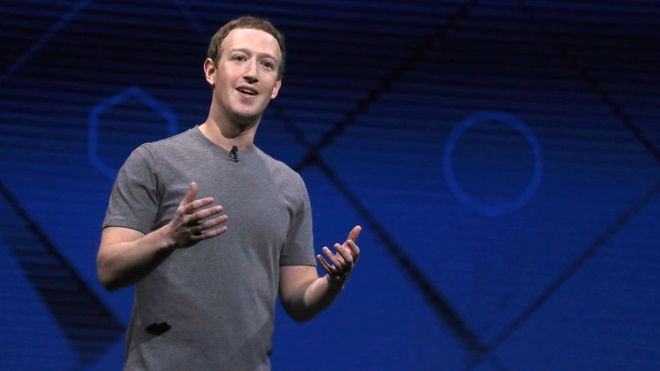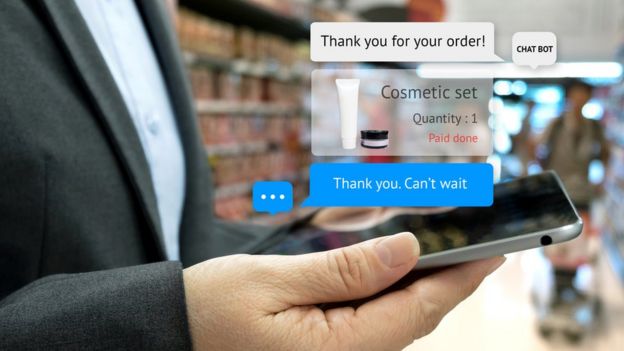The significant innovation organizations must stride up their battle against fanaticism or face new laws, the home secretary has told the BBC.
Golden Rudd said innovation organizations were not doing what's needed to beat "the adversary" on the web.
Encryption instruments utilized by informing applications had turned into an "issue", she included.
Ms Rudd is meeting with agents from Google, Facebook, Twitter, Microsoft and others at a counter-fear based oppression gathering in San Francisco.
Tuesday's summit is the principal social occasion of the Global Internet Forum to Counter Terrorism, an association set up by the real organizations in the wake of late fear assaults.
In a joint explanation, the organizations partaking said they were co-working to "significantly disturb psychological oppressors' capacity to utilize the web in facilitating their causes, while likewise regarding human rights".
WhatsApp must not be 'put for fear based oppressors to stow away'
Euro MPs back end-to-end encryption for all subjects
Australian PM looks for access to encoded messages
Ms Rudd is required to tell organizations that radicals ought not be permitted to transfer content by any means.
"That is what we're truly endeavoring to accomplish," she told the BBC.
"What [technology companies] have been stating to us is utilizing manmade brainpower, they're starting to gain ground in that way."
Protection rights gather the Electronic Frontier Foundation has communicated worry about the likelihood of graceless obstructing of substance.
It said such a move would significantly affect free discourse on the web.
Encryption - a typical element of business and individual interchanges - was "the channel tape that holds the web together", said Ross Anderson, cryptography master at the University of Cambridge.
He included that he was stressed experts and Silicon Valley firms were making an understanding away from plain view that would at last undermine security.
End-to-end
Lately, informing administrations, including Facebook, Apple, and Google, have received end-to-end encryption, an additional layer of intricacy that makes it practically outlandish for messages to be gotten to without a client's consent.
The measure has been proclaimed by the innovation organizations as an imperative instrument for security. Be that as it may, specialists around the globe say end-to-end encryption has made inaccessible parts of the web.
Media captionWhat is encryption?
Ms Rudd told the BBC that the UK government bolstered encryption, with admonitions.
"We bolster its place in ensuring that we have secure offices in our day by day lives," the home secretary said.
"Be that as it may, there is an issue as far as the development of end-to-end encryption.
"It's an issue for the security administrations and for police who are not, under the typical route, under legitimately justified ways, ready to get to that data.
"We need [technology companies] to work all the more intimately with us on end-to-end encryption, so where there is specific need, where there is focused on require, under warrant, they share more data with us so we can get to it."
She said organizations should surrender more metadata about messages being sent by means of their administrations.
Metadata alludes to data about a discussion -, for example, who participated, when and for to what extent - yet not simply the substance.
At the point when gone ahead what sort of metadata she needed, she answered: "I'm having those discussions in private."
Innovation organizations are probably going to oppose any activity that would bring about them supposedly being offering excessively information to governments.
In a meeting with BBC Radio 4's Desert Island Disks program, Facebook's head working officer, Sheryl Sandberg, cautioned about pushing hoodlums into significantly harder to achieve parts of the web.
"On the off chance that individuals get off those encoded administrations to go to scrambled administrations in nations that won't share the metadata, the legislature really has less data, not more," she said.
Blocking transfers
Ms Rudd said if the organizations did not volunteer cinch down on the spread of fanatic substance, new enactment could be presented.
"None of this material ought to be on the web. They have to take responsibility for beyond any doubt it isn't," Ms Rudd told the BBC.
"It's legislatures that need to ask them to truly make a move with the goal that we don't need to go not far off of enactment - and inspire them to do it on an intentional yet critical premise.
"Enactment is dependably an option."
In particular, the home secretary stated, organizations must try to square material at source - expanding on endeavors as of now set up by organizations, for example, Facebook.
"They need to ensure the material fear mongers need to set up gets brought down," she stated, "or, far superior, doesn't go up in any case."
David Greene, from the Electronic Frontier Foundation, said rights campaigners were concerned this approach would prompt substance being blocked inaccurately.
"We're worried that it will prompt more takedowns," he stated, "not more psychological militant substance but rather more substance that is mixed up for fear based oppressor content being brought down."





























